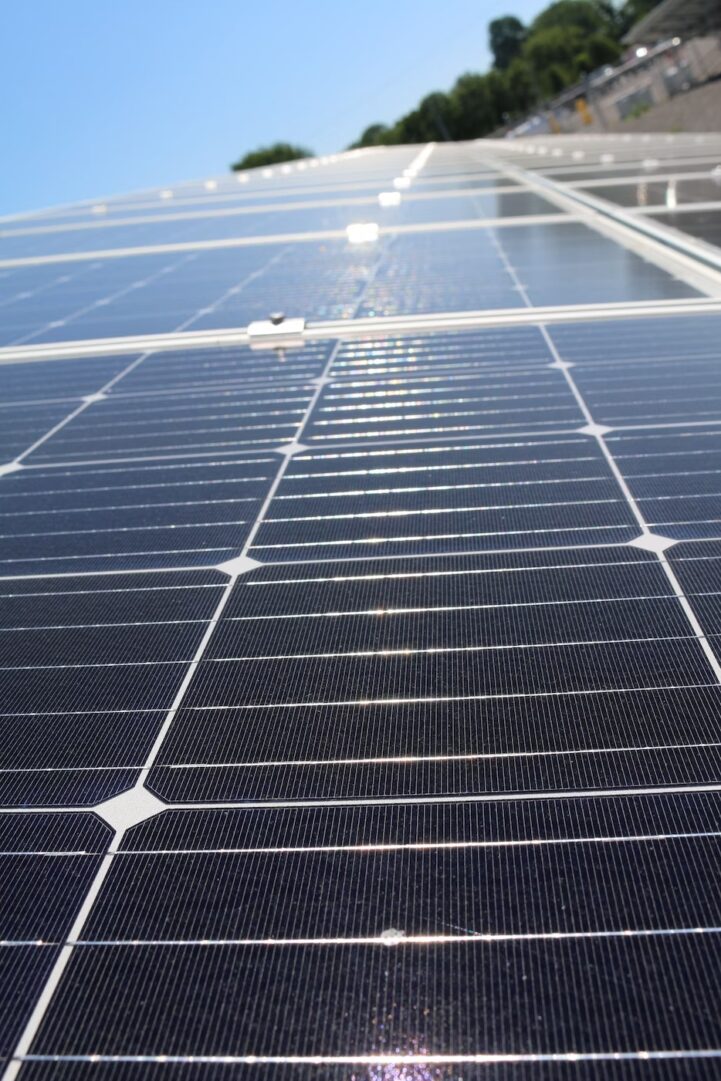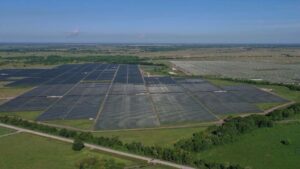Leo123
Diamond Member
- Aug 26, 2017
- 30,670
- 23,582
- 2,915
I live where there can be snow accumulations of 2 feet or more. Not sure how well roof panels would work. I think not very well.I assumed a solar farm would survive a hail storm without any problems. Hail storms are not unusual events.
Lots of people have solar panels on their roofs. Will they be destroyed in a hail storm? If so, I don’t want solar panels on my roof unless they are warrantied against high wind and hail storms.
I wonder if this is in some way caused by our current “woke” college system.




